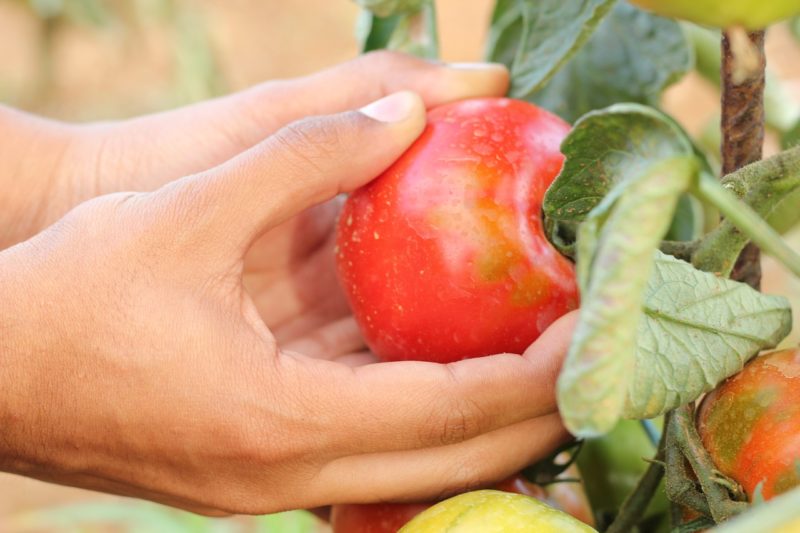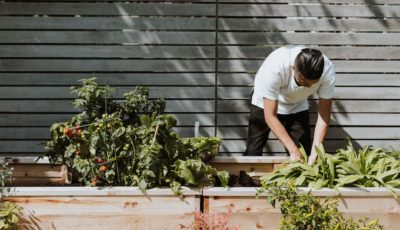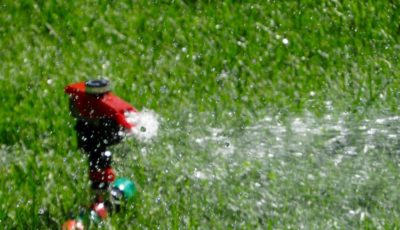7 Ways to Keep Your Garden Healthy
Do you want to have a healthy garden with lovely, thriving plants, flowers and/or vegetables? If you’re looking for tips on how to maintain a garden, discover the following tips from expert.
The most important: soil
Soil is one of the most important components of a garden. Obviously, you cannot have a productive one with the wrong kind or poor soil. It only means that you should have loamy, permeable and fertile soil with the right pH level. With it, you can have a healthy garden. Now if you want to increase soil nutrients, you might want to use organic soil treatments for the best results.
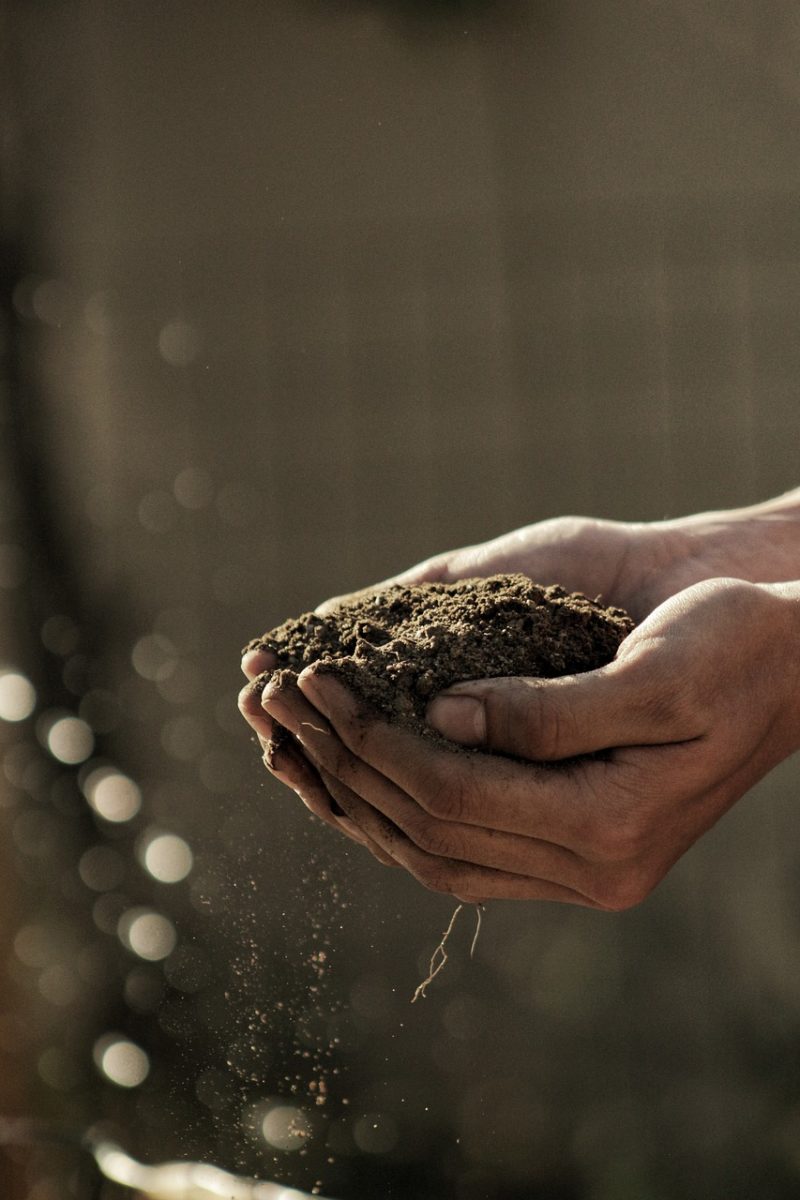
For other tips, you must be able to turn the soil once a month in order to keep it light and lose for the plants to grow well. But if you have clay soil, you should be able to turn it twice or more in a month to prevent it from crumbling and hardening. In addition, clay soil may need some organic compost topping in order to keep it at its peak, lose condition.
Watering tips
Another important thing to keep a healthy garden is to use the right watering tips. Watering is more than just getting the plants wet. Not all plants also have the same water needs. In general, you should not underwater or overwater the plants.
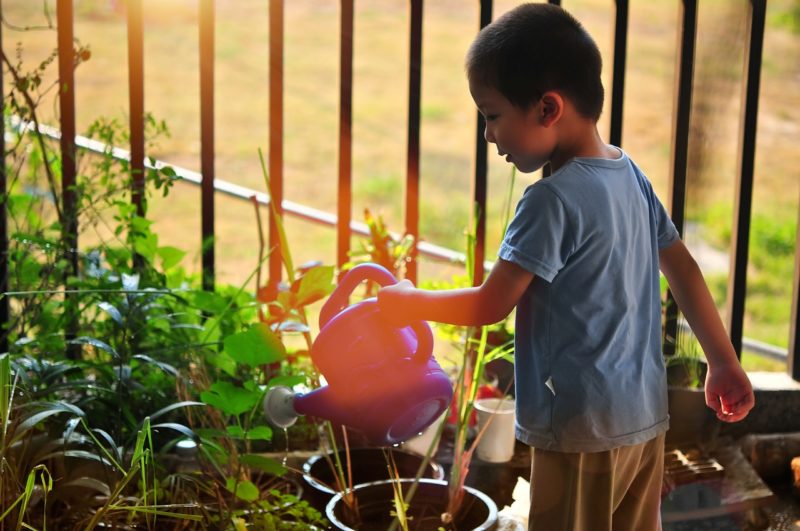
In addition, know the proper timing for watering them and that is ideally early in the morning to give the roots enough time to absorb it before it evaporates as the temperature increases. Early in the morning is also the best time because there are no strong winds. In this case, water evaporation will be reduced.
Avoid watering the landscape plants in the evening because it can keep the plants damp overnight. It will increase risks of damage due to a bacterial or fungal disease. Also, you might want to water established plants infrequently to ensure they’ll grow healthily.
Planting space
Proper planting space is another great way to keep your plants healthy. It is one of the factors to help in the proper growth and health of plants. However, no two plants have the same spacing needs.

But generally, you can keep correct spacing by choosing a large pot if yours is a container garden and providing proper air circulation. On the other hand, low growing plants and groundcovers must be tightly grouped in beds to reduce water wasting and weeding.
Choosing right plant is key
What is your zone and site? This is one of the questions to ask yourself if you want to have a successful and productive gardening result. For example, you must not set azalea, a plant for shady areas, in a full sun location. Otherwise, it will be at an increased risk of disease and be attacked by insects aside from growing poorly. Bottom line, you should choose the right plants if you want a healthy garden. If not, you will have stressed plants that will not be able to recover but die from a disease.
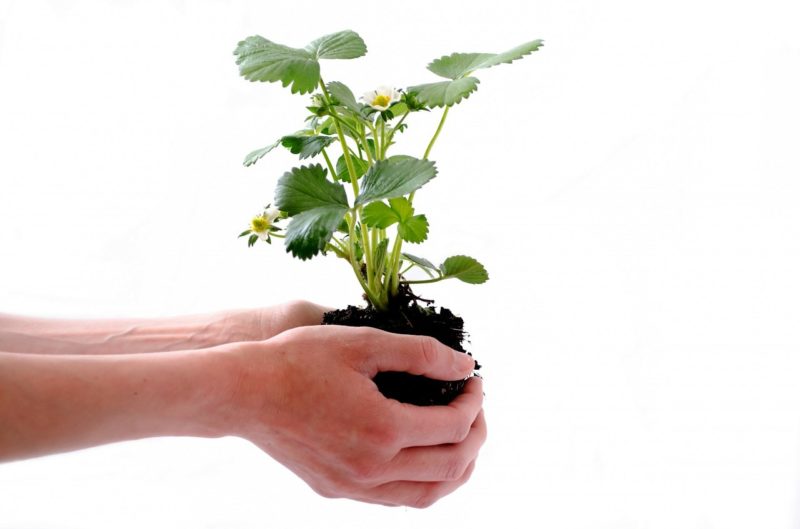
Cutting damaged limbs
At the right time, you must prune or cut damaged limbs especially in the late winter since their shapes are more noticeable at this time, giving you an easier time to figure out where to prune. Do not wait until spring before pruning. Know that wounded limbs can easily get an infection over the winter and disease can establish, as the plants are dormant in this season. By pruning late winter, you can prevent the spread of plant disease in the garden. Even if storms can lead to new damage, it is still a good idea to prune a broken limb other than ignoring it.

Disease-resistant plants
Another technique to keep your garden healthy is to plant disease-resistant plants, which can fight off a disease and recover from it, a tip from a pro exterminator. If you’re planting tomatoes, you might want to opt for the VFN variety, which is resistant to nematodes and certain types of fungi, namely Fusarium and Verticillium. For more advice, you can ask fellow gardeners and nursery employees for help in identifying the most disease-resistant plants. You might also want to refer to catalogs or reference books that can include information on varieties resistant to certain types of diseases.

Fertilizing plants
Using the correct fertilizers and applying them optimally should be a part of your list to take care of a garden. As a tip, you must not overdo with a fertilizer because it can burn the roots, reducing the plant’s ability to absorb nutrients and water. And when they cannot absorb enough water, they’re more prone to stress, reducing their ability to survive heat, cold and drought.
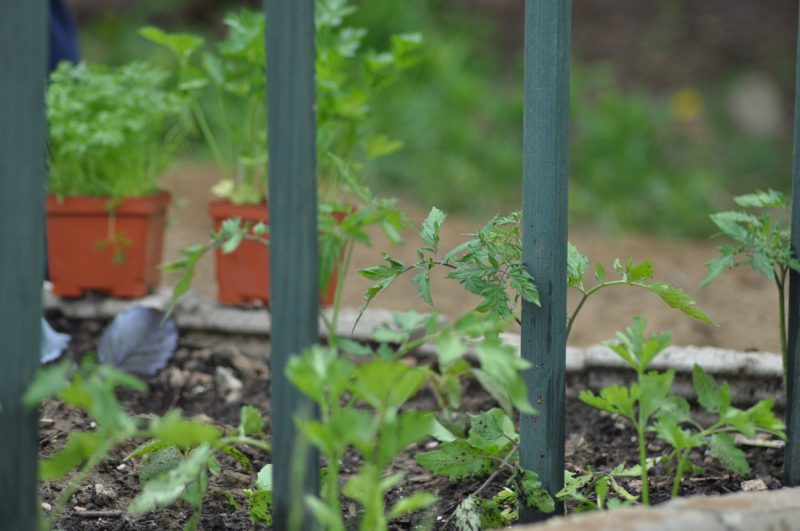
A healthy garden, a happy gardener
Follow these ways on how to take care and maintain a garden for productive yields. So again, water them early in the morning, use the proper amount of fertilizer and choose the right plants, to name some, for the best results.
